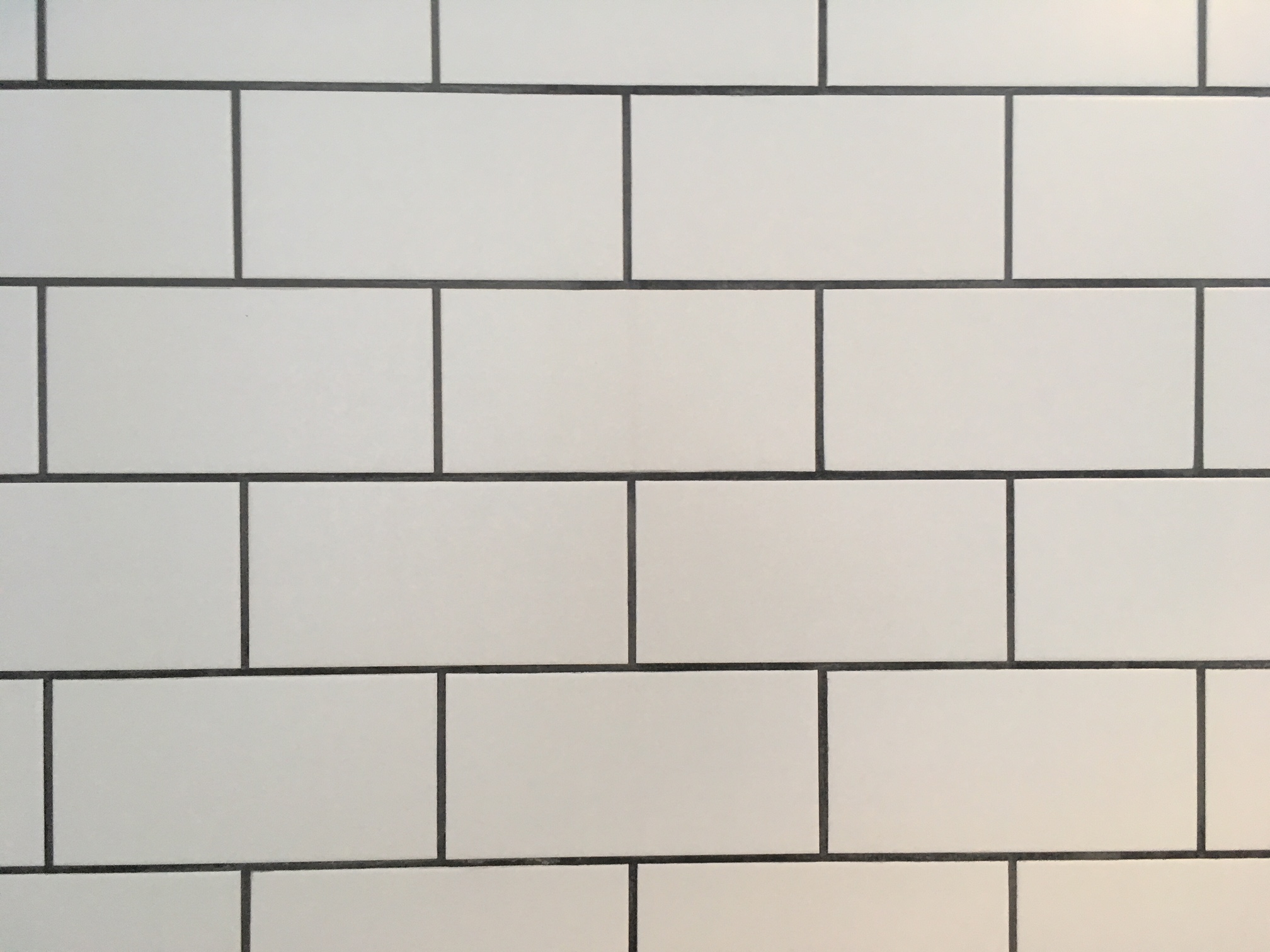Types of tile
For tiles used on roofs see: Roof tiles.

|
| Ceramic tiles. |
Contents |
[edit] Introduction
Tiles are manufactured furnishing materials commonly used to cover internal walls, ceilings and floors. They can be simple and functional or decorative and elaborate (such as mosaics). Tiles can be manufactured from a wide range of substances, both hard (e.g. ceramic, porcelain, stone, marble, clay, slate, glass, etc.) and soft (e.g. timber, vinyl, cork, etc.).
Tiles are often used as an interior furnishing for rooms where a certain amount of water may be present, such as bathrooms, kitchens, laundry rooms, and so on, where they protect surfaces from moisture damage. Tiles can also be used to improve the acoustics of a room by adding to its sound-absorbing properties and they are often specified in the design of theatres, recording studios, and so on.
[edit] Types of tile
The most common types of tiles include:
[edit] Carpet tiles
Carpet tiles, also known as carpet squares, are a type of flooring which can be used as an alternative to the more common rolled carpet. They are formed from an upper layer of pile attached to a backing and are produced in a variety of sizes, materials, fibres, patterns and colours. Carpet tiles are often used in commercial and public buildings such as airports, offices, schools, libraries, and so on.
For more information, see Carpet tiles.
[edit] Ceiling tiles
Ceiling tiles, also known as ceiling panels, are lightweight construction materials, which are used to cover ceilings. Placed within a supporting grid, they can provide some thermal insulation but are usually designed to improve the aesthetics and acoustics of a room. They are commonly used in the commercial applications, such as offices, shops and so on.
For more information, see Ceiling tiles.
[edit] Ceramic tiles
Ceramic tiles are a mixture of clays and other natural materials such as sand, quartz and water. They are used in houses, restaurants, offices, shops, and so on, as kitchen, and bathroom surfaces. They are easy to fit, easy to clean, easy to maintain and are available at a reasonable price.
For more information, see Ceramic tiles.
[edit] Porcelain tiles
Porcelain tiles are similar to ceramic tiles, but tend to be more dense and hard wearing and so are used for internal and external flooring.
[edit] Natural stone tiles
Natural stone tiles have been used for interior surfaces for a very long time, and remain popular today due to their ability to withstand wear and tear and for their appearance. Commonly-used materials include; slate, granite, marble, quartzite and so on.
For more information, see Natural stone tiles.
[edit] Vinyl tiles
Vinyl tiles can be used as an alternative to sheet flooring in spaces such as kitchens or bathrooms or in industrial spaces where spills are likely or regular cleaning necessary. They are are flexible, hard wearing and resilient to degradation. They are available in a very wide range of colours, are relatively easy to lay and can be polished to a high-gloss finish.
For more information on flooring, see Vinyl flooring.
[edit] Mosaic tiles
More recently, a variety of decorative composite tiles have been manufactured, such as pebbles embedded in resin, glass or metal tiles bonded onto mesh and so on.
[edit] Encaustic cement tiles
First developed in medieval times, encaustic cement tiles are created by dying cement tiles with mineral pigments to create intricate and bold patterns.
[edit] Related articles on Designing Buildings
Featured articles and news
Infrastructure that connect the physical and digital domains.
Harnessing robotics and AI in challenging environments
The key to nuclear decommissioning and fusion engineering.
BSRIA announces Lisa Ashworth as new CEO
Tasked with furthering BSRIA’s impressive growth ambitions.
Public buildings get half a million energy efficiency boost
£557 million to switch to cleaner heating and save on energy.
CIOB launches pre-election manifesto
Outlining potential future policies for the next government.
Grenfell Tower Inquiry announcement
Phase 2 hearings come to a close and the final report due in September.
Progress from Parts L, F and O: A whitepaper, one year on.
A replicated study to understand the opinion of practitioners.
ECA announces new president 2024
Electrical engineer and business leader Stuart Smith.
A distinct type of countryside that should be celebrated.
Should Part O be extended to existing buildings?
EAC brands heatwave adaptation a missed opportunity.
Definition of Statutory in workplace and facilities management
Established by IWFM, BESA, CIBSE and BSRIA.
Tackling the transition from traditional heating systems
59% lack the necessary information and confidence to switch.
The general election and the construction industry
As PM, Rishi Sunak announces July 4 date for an election.
Eco apprenticeships continue help grow green workforce
A year after being recognised at the King's coronation.
Permitted development rights for agricultural buildings
The changes coming into effect as of May 21, 2024.





















